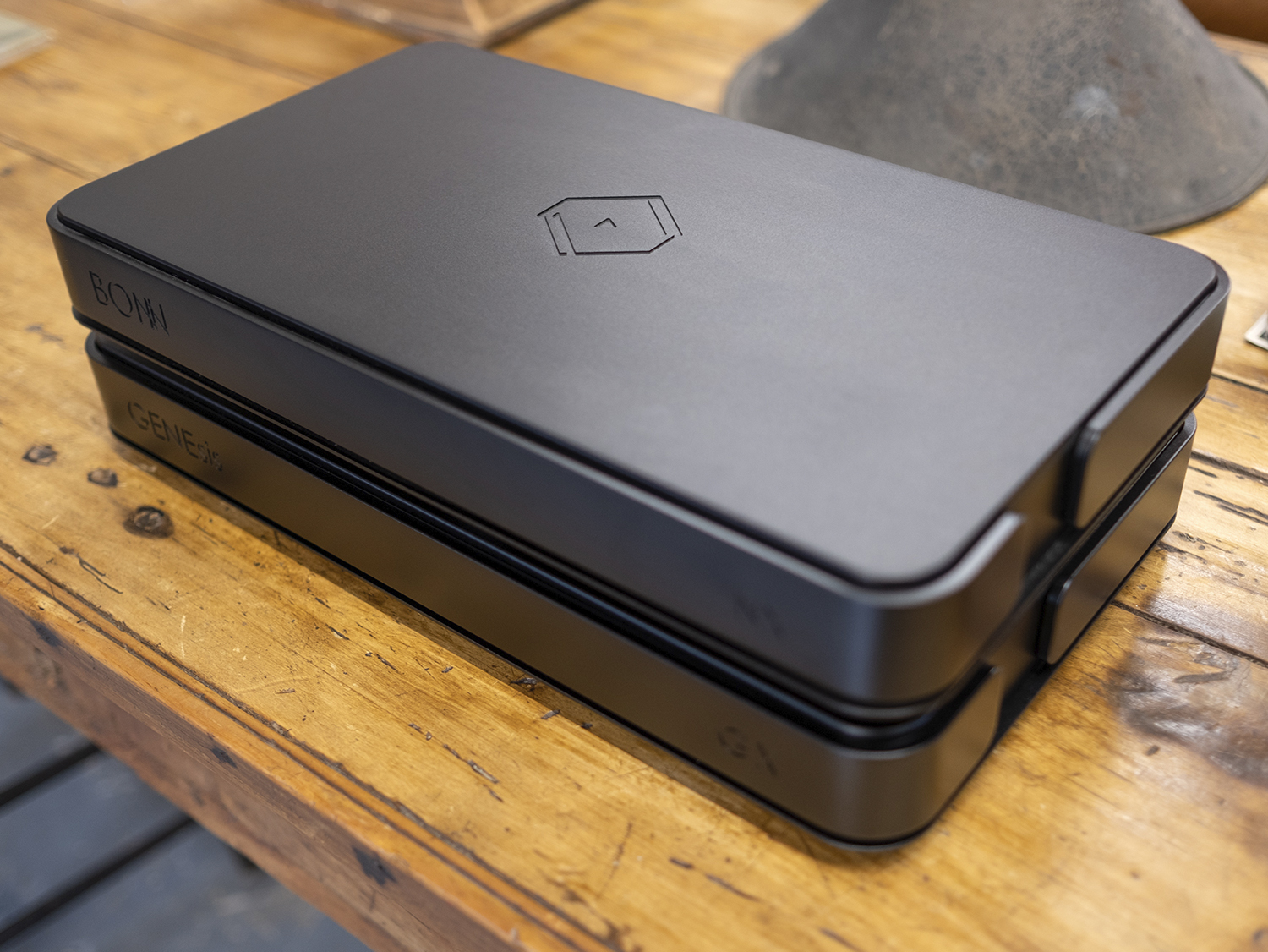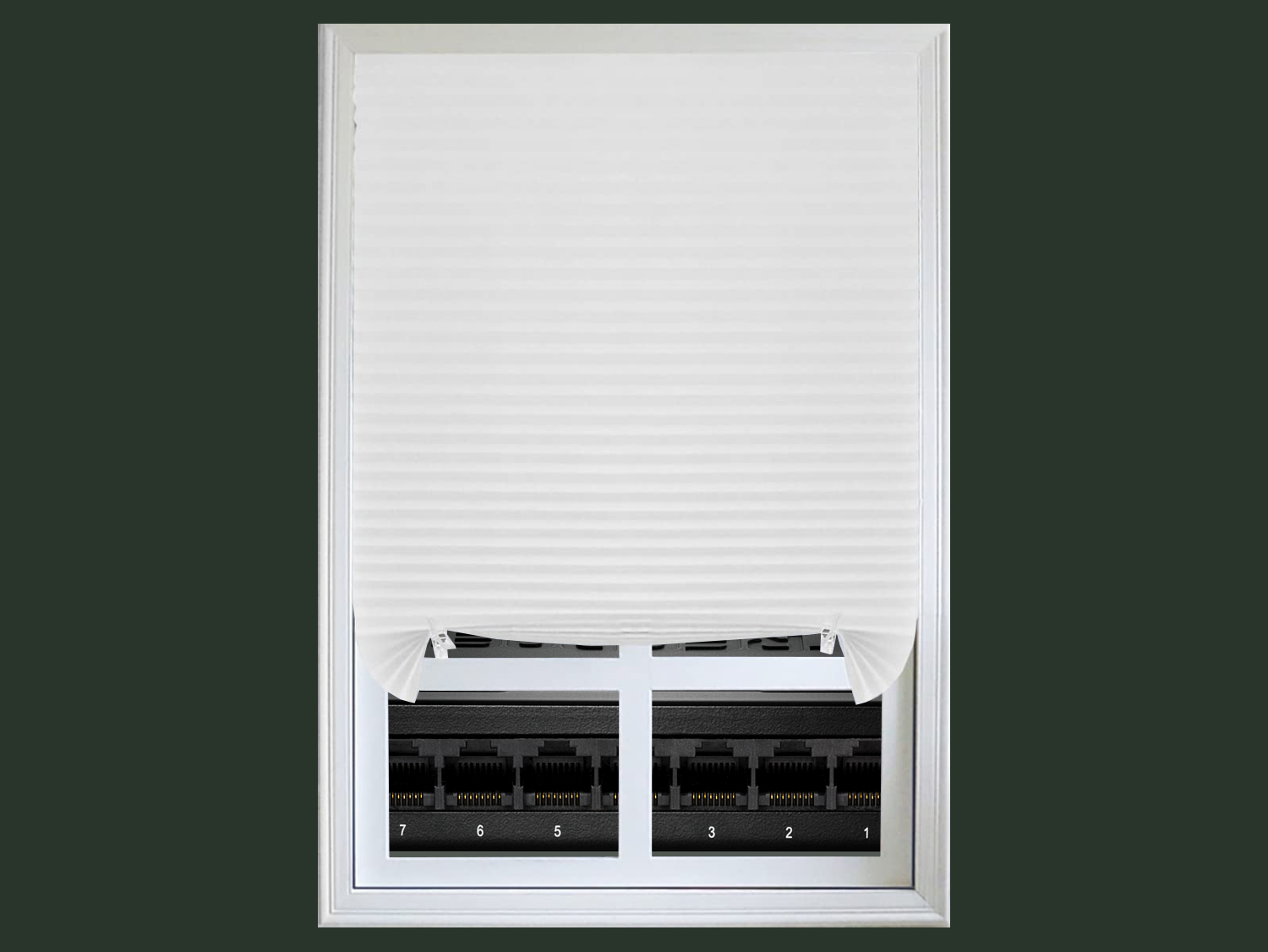I run Roon ROCK on a dedicated NUC and use a NAD M50.2 server/player as the endpoint. I could connect them both via Ethernet cable to the two ports on my eero router, but the sound is better when I connect the eero to a switch and then also plug in both the NUC and the NAD to the switch. There is significant improvement to the soundstage and much smoother, better integrated tonality than when I plug them straight into the eero.
I was told that connecting the NAD and the NUC through the switch instead of through the eero router (an inherently noisier, more complex device) allows for a simpler and cleaner signal path between the two. I'm not a tech, so I don't know if that's correct, but I do know what sounds better.
I was told that connecting the NAD and the NUC through the switch instead of through the eero router (an inherently noisier, more complex device) allows for a simpler and cleaner signal path between the two. I'm not a tech, so I don't know if that's correct, but I do know what sounds better.












